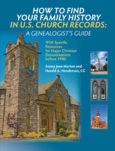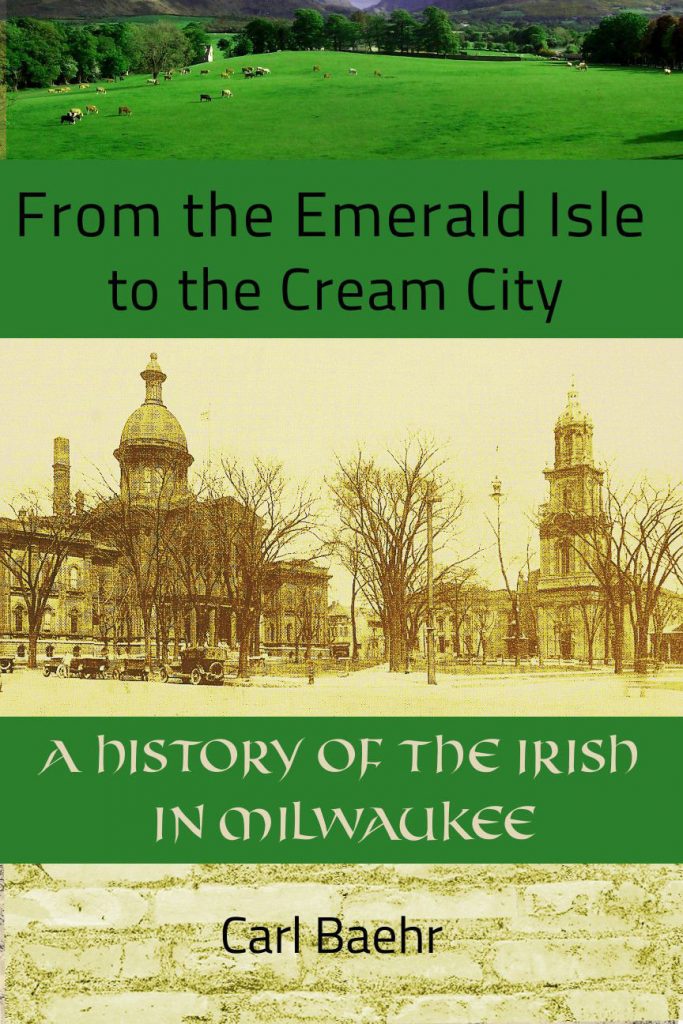Book Review: “Guns and Gods in My Genes”
Disclaimer: I have always considered Canada to be our neighbor to the north. It is more than the fact that we share the longest undefended border in the world. It could be all the years I played ice hockey, or all the Canadians I met both on the ice and professionally. Maybe it was what the U.S. did for Canada in the world wars, even serving in their military. Maybe it was the favor Canada did for the U.S. when the Iranian Revolution began. More than these reasons, of all the people I have met from around the world, Canadians and Americans seem to have the most in common. They share a history of leaving their ancestral homelands and struggling to settle in the new cities and frontiers in North America.
As a writer and documentary film maker, Mr. McKee weaves the themes from the title in the narrative of the book. He considers his feelings about guns and potential U.S. citizenship as someone approaches leaving the faith of one’s forebearers.
Mr. McKee took an interesting road to uncovering the stories of his ancestors. His research trips are the stuff from which legends are made. Fate certainly does favor the prepared, as he had worked to increase the odds of putting himself in the path of the cousins he met, and those people willing to share their passion for history with him.
In the book, the author shares his ancestors with us, complete with themes of sacrifices, successes and chance meetings. Chance meetings are another thing in common for North Americans, because so many couples might not have met had they stayed in the Old World. Among his ancestors we meet some who did serve God as religious leaders. Others fought in wars and hunted with guns.
The book includes the author’s research and travels, as well as highlighted vignettes based on the source material he uncovered. He takes the time to explore the context of his ancestors lives, and presents summaries of the historic events and battles. These historical sketches do bring depth to the lives of his ancestors and those who shared the times. There are boots-on-the-ground insights into the history that shaped his family and his two countries. If your ancestors crossed paths with his, these stories will be more relevant and deepen your understanding of their lives and times. (My husband’s ancestors crossed paths with Mr. McKee’s on a ship (the Mayflower), living in Colonial Connecticut and serving in Albany’s Third Militia.) He also reminds us that the times of our troubles with England caused the U.S. and Canada to be at odds.
The views into the real lives of people living in both Canada and the U.S. are interesting. Family historians may be motivated to Mr. McKee’s persistence and dedication. He traveled over 15,000 miles in North America in pursuit of his ancestors’ stories. He did his own research, but also leveraged the use of expert researchers to solve specific problems he experienced. His friendliness and willingness to ask questions were often rewarded with new cousins, or at least, new stories and understanding. The story of these ancestors illustrate how the author is undeniably a product of both Canada and the U.S.
I especially enjoyed the metaphor of stripping down the outside layers of a family’s farmhouse and finding letters in the walls. Isn’t that what all family historians seek to do, and seek to find, as they work backwards through the generations?
There is no doubt that this book will make you want to jump in your car to hunt for your ancestors, but always prepare before you leave!
Find out where to buy “Guns and Gods in My Genes: A 15,000-mile North American search through four centuries of history, to the Mayflower” by Neill McKee at: https://www.neillmckeeauthor.com/buy-the-book-2




 I had a chance to review “From the Emerald Isle to the Cream City: A History of the Irish in Milwaukee” by Carl Baehr.
I had a chance to review “From the Emerald Isle to the Cream City: A History of the Irish in Milwaukee” by Carl Baehr.

